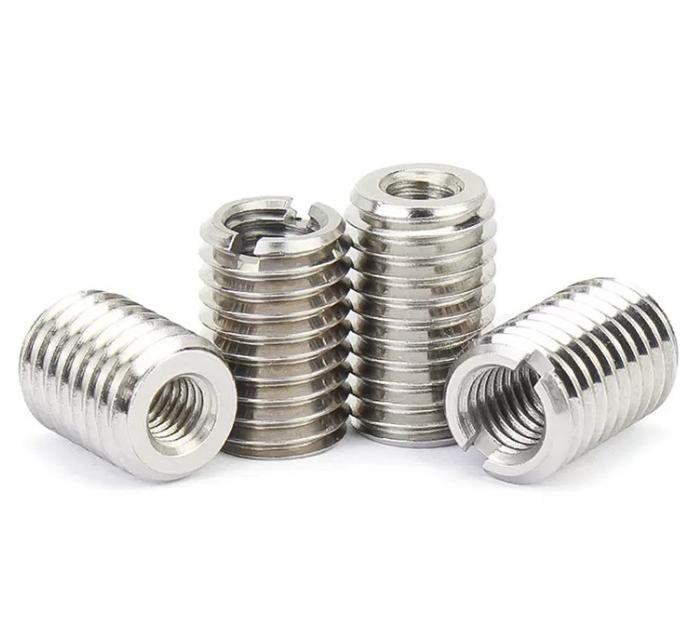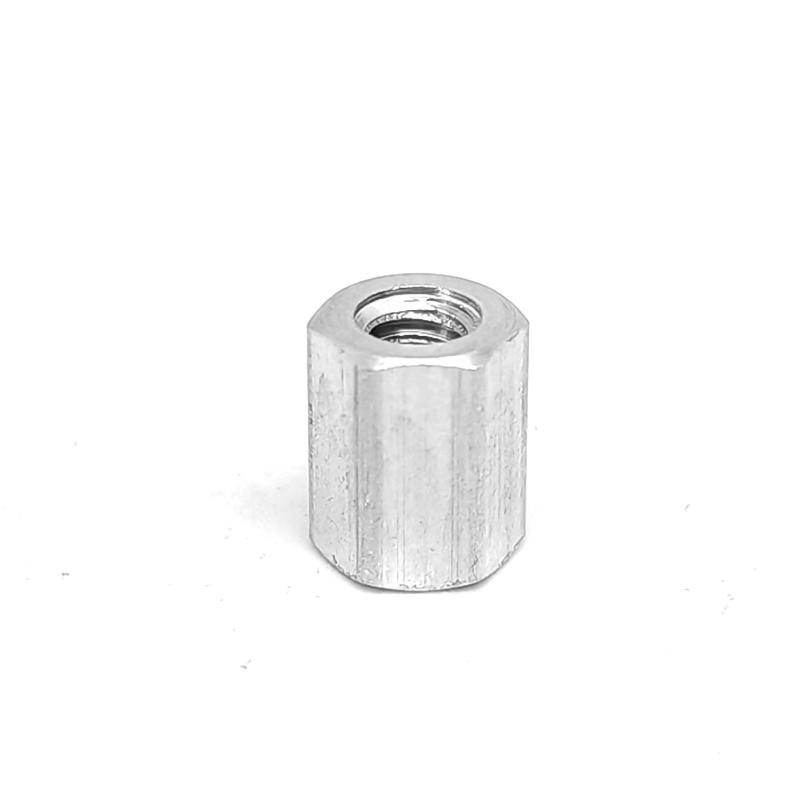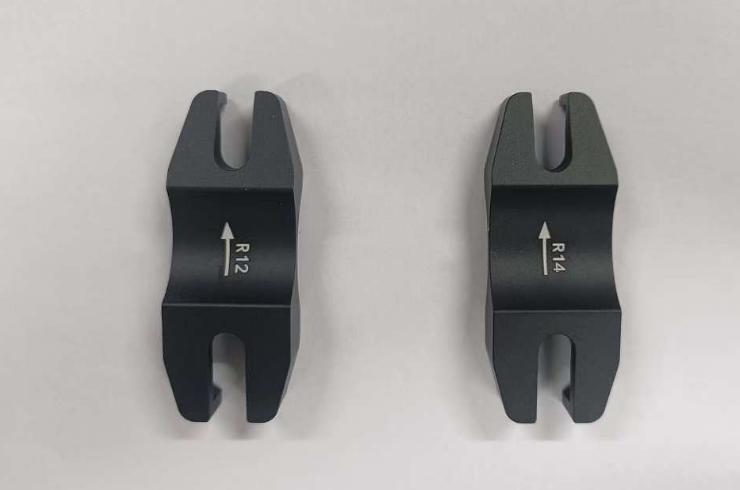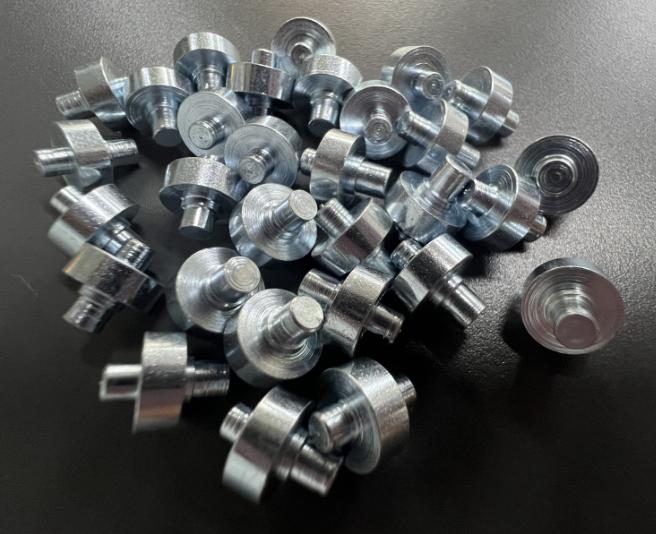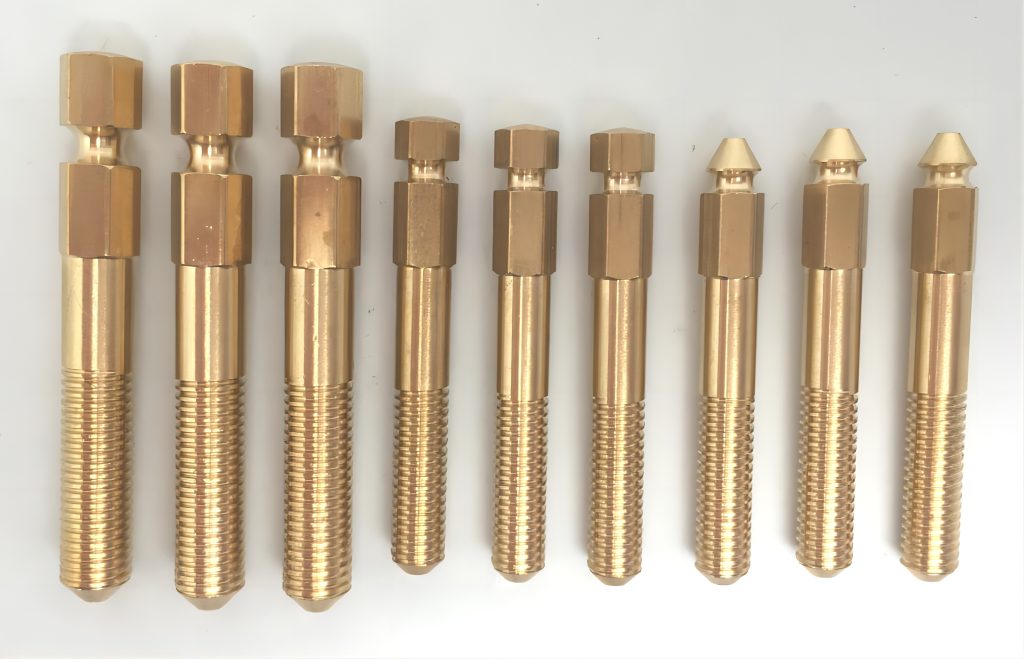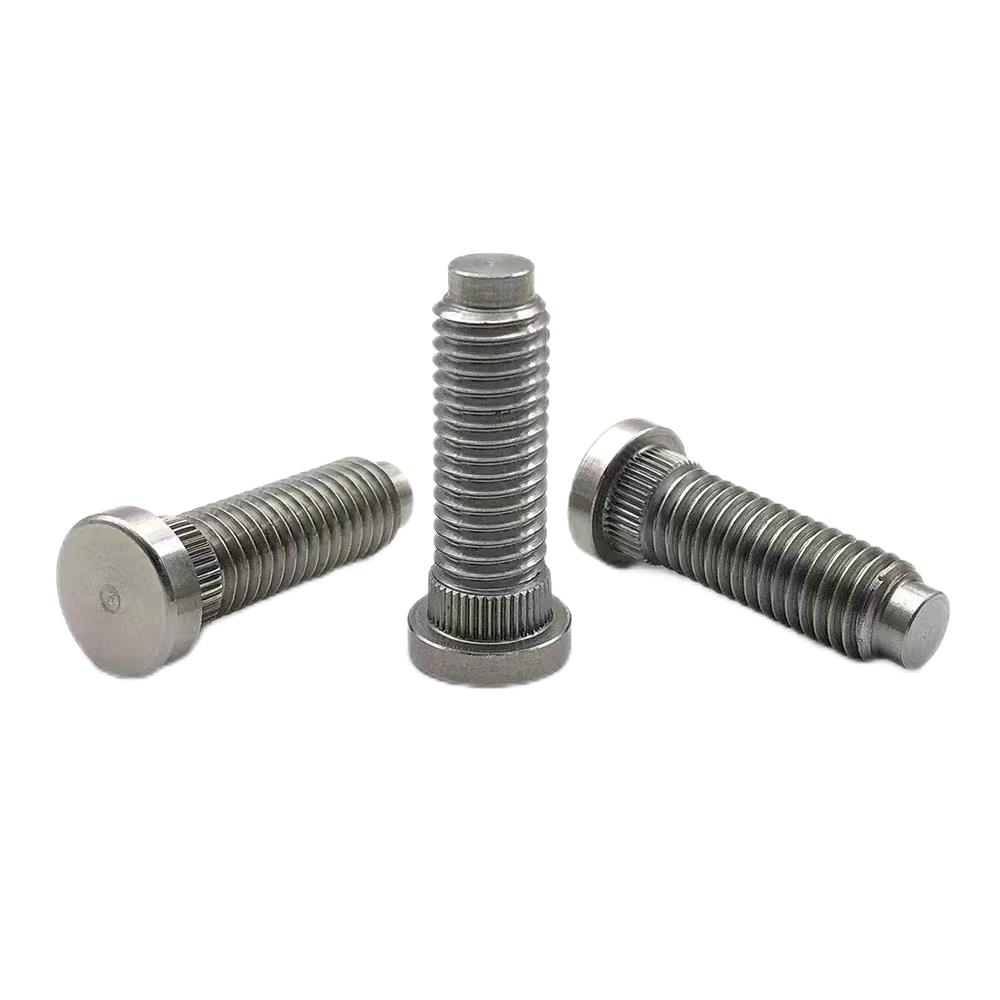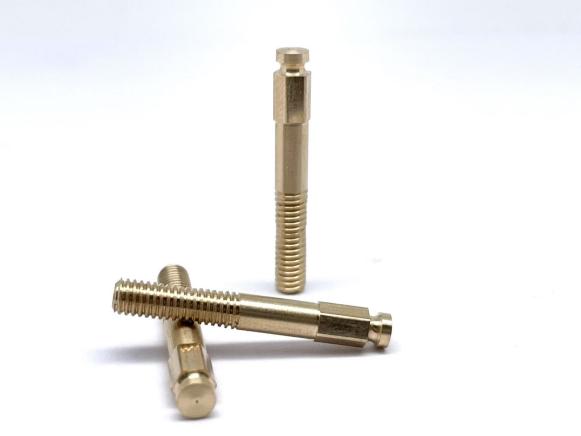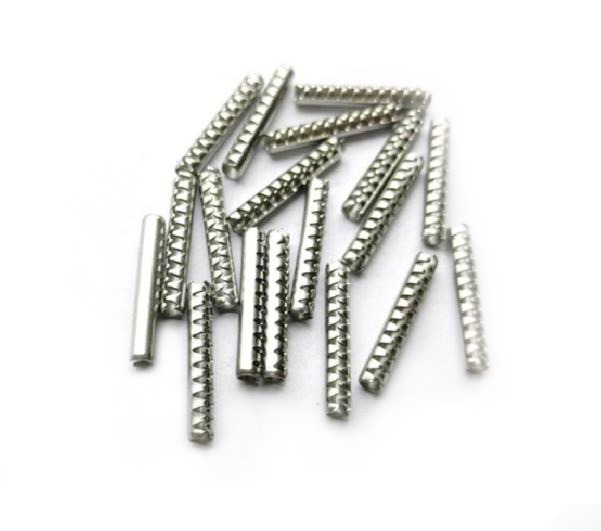Custom Forms and Applications in CNC Threading
CNC threading is a vital aspect of modern manufacturing, providing precision and flexibility in creating threads on various components. Custom forms and applications in CNC threading have advanced significantly, allowing manufacturers to tailor threads to specific requirements, enhancing performance, compatibility, and innovation. This article explores the importance of custom forms in CNC threading, the types of custom threads, and their diverse applications.
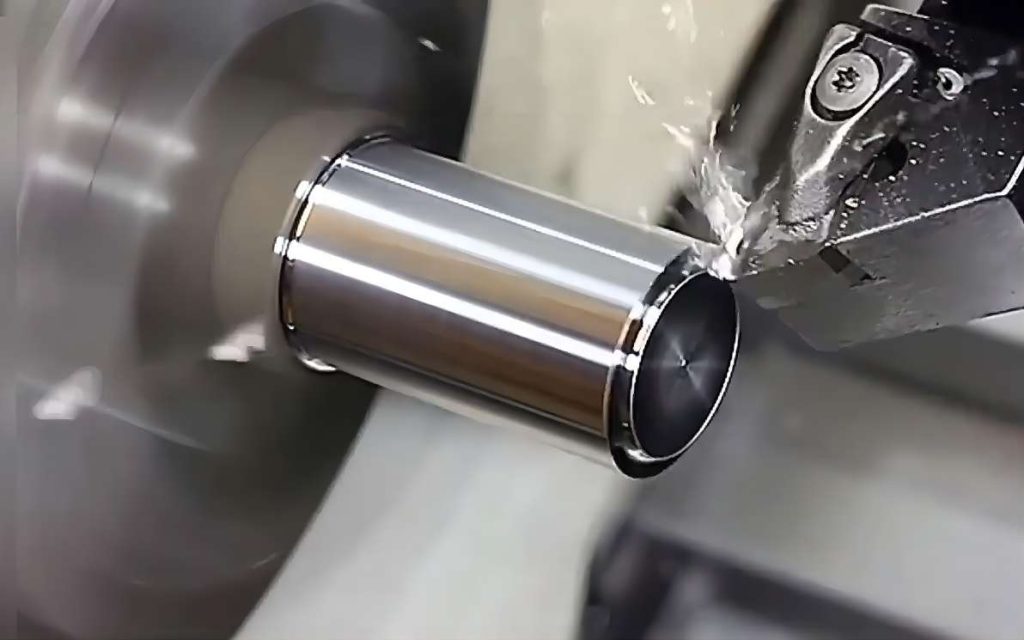
Importance of Custom Forms in CNC Threading
Custom forms in CNC threading refer to the creation of threads that meet specific design and functional requirements.
1. Enhanced Performance
- Optimized Fit and Function: Custom threads ensure a precise fit between mating components, enhancing the performance and reliability of mechanical assemblies.
- Strength and Durability: Tailoring thread designs to specific applications can improve the strength and durability of the threads, especially in demanding environments.
2. Versatility
- Application-Specific Threads: Custom forms allow for the creation of threads suited to unique applications, such as high-stress environments or precise medical devices.
- Compatibility: Custom threading can ensure compatibility with existing components, facilitating repairs and retrofits.
3. Innovation
- Advanced Designs: Custom threading enables the development of innovative designs that can address specific challenges and requirements.
- Material Optimization: Custom threads can be designed to work optimally with specific materials, enhancing their performance and lifespan.
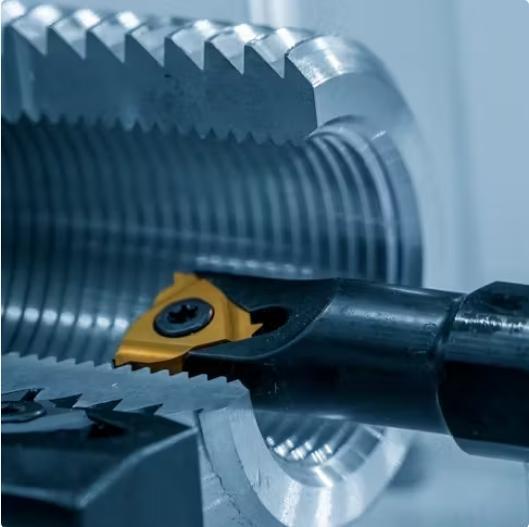
Types of Custom Threads in CNC Machining
CNC threading can produce a wide variety of custom threads to meet diverse industrial needs.
1. Standard Threads
Metric and Unified Threads: These are the most common thread forms, standardized to ensure compatibility across different components and industries.
2. Tapered Threads
Pipe Threads: Tapered threads, such as NPT (National Pipe Thread) and BSPT (British Standard Pipe Taper), are used for sealing applications where the thread profile ensures a tight fit to prevent leaks.
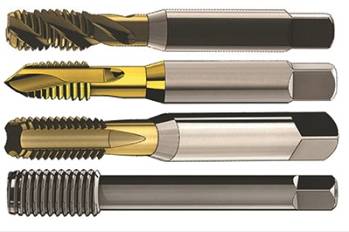
3. Multi-Start Threads
High Efficiency: Multi-start threads have multiple thread forms running parallel to each other. They are used in applications requiring quick assembly and disassembly, such as adjustment mechanisms and lid closures.
4. Buttress Threads
High Load Capacity: Buttress threads are designed to handle high axial loads in one direction. They are commonly used in heavy machinery and oilfield equipment.
5. Acme and Trapezoidal Threads
Power Transmission: Acme and trapezoidal threads are used in power transmission applications, such as lead screws in machinery, where the thread form provides high strength and durability.
6. Special Threads
Custom Profiles: Special threads are designed for unique applications, such as medical implants or aerospace components, where standard threads may not be suitable.
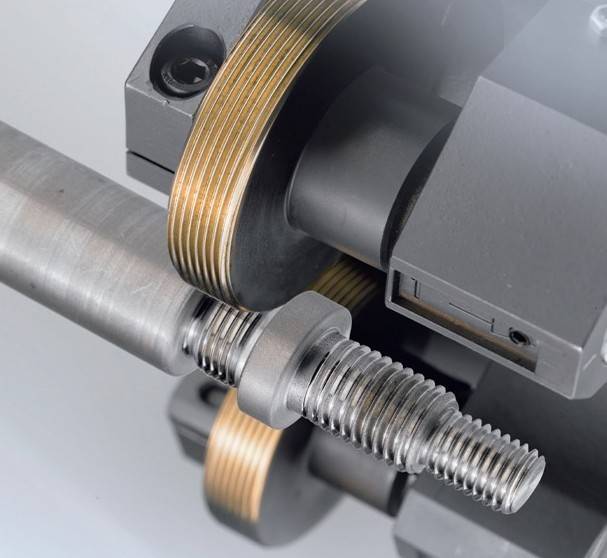
Applications of Custom CNC Threading
The ability to create custom threads using CNC machining has opened up a wide range of applications across various industries
1. Automotive Industry
- Engine Components: Custom threads are used in engine components, such as bolts and fasteners, ensuring high performance and reliability under extreme conditions.
- Transmission Systems: Specialized threads in transmission systems enhance the efficiency and longevity of the components.
2. Aerospace Industry
- High-Precision Fasteners: The aerospace industry relies on custom-threaded fasteners to ensure the safety and performance of aircraft.
- Component Assembly: Custom threads are essential in the assembly of critical aerospace components, where precision and reliability are paramount.
3. Oil and Gas Industry
- Downhole Tools: Custom threads are used in downhole tools and equipment, where they must withstand high pressures and corrosive environments.
- Pipeline Connections: Specialized threads in pipeline connections ensure leak-proof joints, critical for safety and efficiency.
4. Medical Devices
- Implants and Prosthetics: Custom threads are used in medical implants and prosthetics to ensure a precise fit and biocompatibility.
- Surgical Instruments: CNC threading produces high-precision threads in surgical instruments, enhancing their performance and reliability.
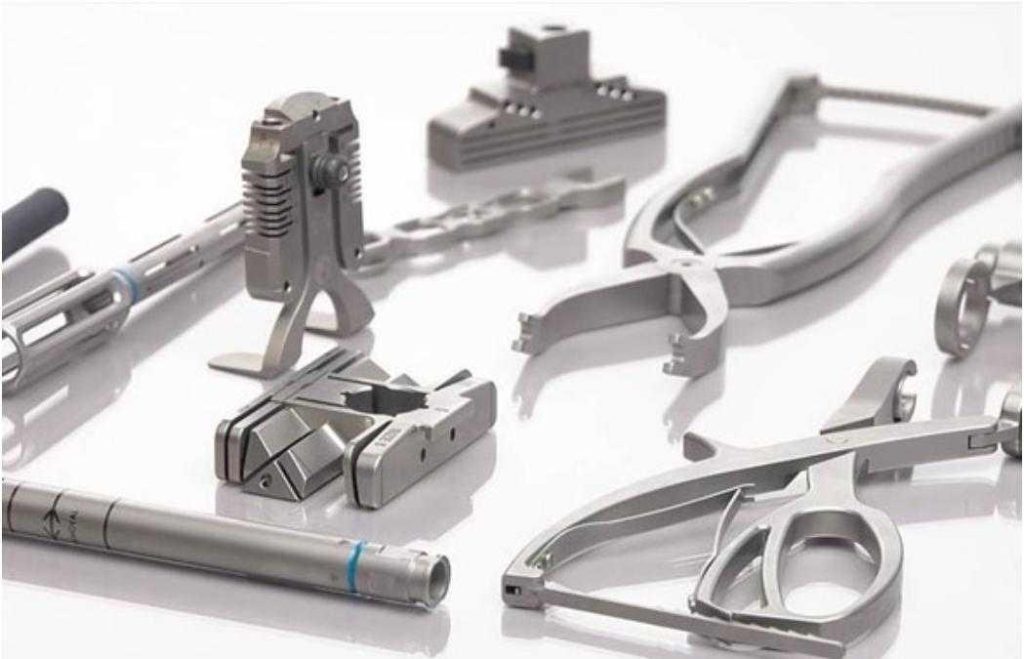
5. Heavy Machinery
- Load-Bearing Components: Custom threads in heavy machinery components provide the strength and durability needed to handle high loads.
- Assembly and Maintenance: Specialized threads facilitate easy assembly and maintenance of heavy machinery, reducing downtime and costs.
Advanced Techniques to Achieving Custom Forms in CNC Threading
1. Custom Tooling
Traditional threading tools are limited to producing standard thread profiles like V-shaped or square threads. However, for custom forms, specialized tooling is often required. Custom tools can be designed and manufactured specifically to produce the desired thread form. This may involve using single-point tools, inserts, or multi-tooth cutters with custom geometries.
2. Thread Milling
Thread milling is a CNC machining technique that involves using a milling cutter with multiple teeth to produce internal or external threads. Unlike traditional single-point threading, thread milling can produce threads with complex forms and profiles. It allows for greater flexibility in creating custom thread shapes.
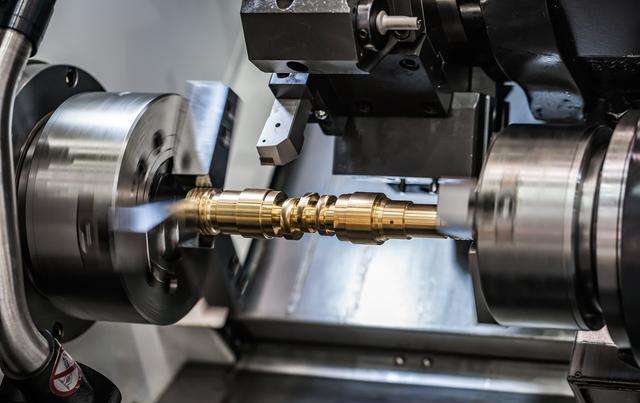
3. Grinding
For extremely precise and complex thread forms, CNC grinding can be used to achieve high accuracy. Thread grinding involves using a grinding wheel to precisely shape the thread profile. This method is often employed for high-precision applications where tight tolerances are required.
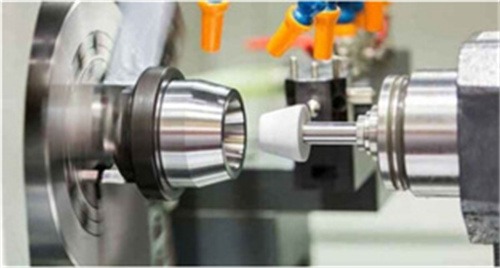
4. 3D Printing/Additive Manufacturing
While not a traditional CNC machining technique, additive manufacturing processes like 3D printing can be used to create custom thread forms directly. This approach is suitable for prototyping or low-volume production of components with unique thread profiles that may be difficult or costly to achieve using conventional machining methods.
5. CAD/CAM Software
Advanced CAD/CAM software packages enable engineers to design and simulate custom thread forms before machining. These software tools allow for the creation of complex 3D models of thread profiles and generate toolpaths for CNC machining operations accordingly. Simulation features can help validate the design and optimize the machining process before actual production.
6. Multi-axis Machining
CNC machines equipped with multi-axis capabilities, such as 5-axis CNC machining centers, offer increased flexibility for machining complex geometries. By tilting or rotating the workpiece and tool simultaneously, these machines can access difficult-to-reach areas and produce intricate thread forms more efficiently.
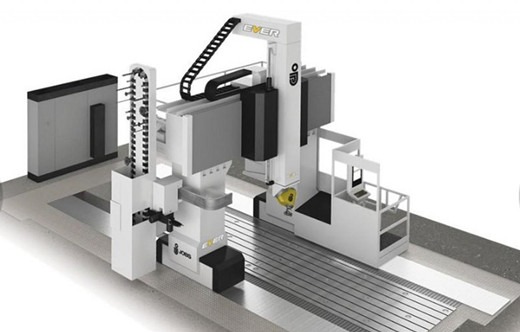
7. Electrochemical Machining (ECM)
ECM is a non-traditional machining method that uses electrochemical processes to remove material from a workpiece. It can be used to produce custom thread forms on conductive materials with high precision and surface finish. ECM is particularly useful for machining exotic materials or components with complex geometries.
8. Hybrid Machining
Combining different machining techniques, such as milling, turning, and grinding, in a single setup can sometimes be the most efficient way to produce custom thread forms. Hybrid CNC machining strategies leverage the strengths of each method to achieve the desired result effectively.
Conclusion
Through allowing for the creation of threads tailored to specific requirements, CNC threading ensures the reliability, strength, and compatibility of mechanical assemblies. The diverse applications of custom threads, from automotive and aerospace to oil and gas and medical devices, demonstrate the critical role of CNC threading in modern manufacturing.

